A Delicacy With Health Benefits

Shrimp is a seafood you can prepare in lots of ways to get a boost of nourishment. Whether they're farmed, wild, frozen, or fresh, shrimp bring flavor and nutrients to your diet.
Protein, Vitamins, and Minerals
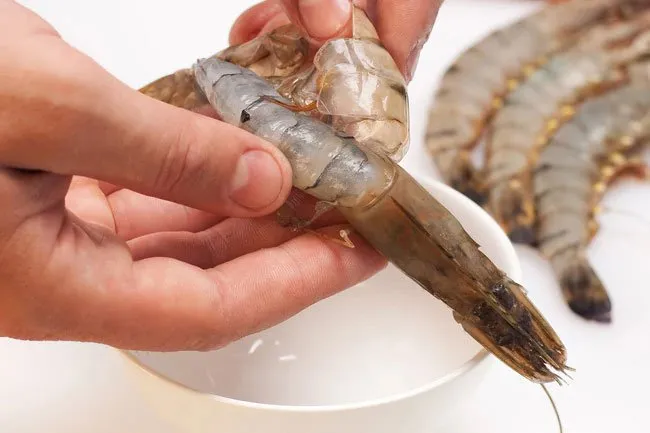
Shrimp are low in calories and high in protein. In 3 ounces of raw shrimp you'll find 12 grams of protein and only 60 calories. Shrimp also offer you a ton of important vitamins and minerals. In 4 ounces of shrimp, you'll get 100% of the selenium and 50% of the phosphorus that you need each day. You'll also get 30% of vitamin B12, choline, copper, and iodine you need daily.
Low in Saturated Fat

Shrimp is a great option to lower unhealthy fats in your diet. You'll cut over 90% of saturated fats if you choose shrimp over the same amounts of steak or cheese. Shrimp has less than a tenth of a gram of saturated fat in 3 ounces. Plus, there's almost no trans fat in shrimp. The healthy fats in shrimp, like omega-3 fatty acids, can lower your blood pressure and odds of getting heart disease and stroke.
How to Cook With Shrimp
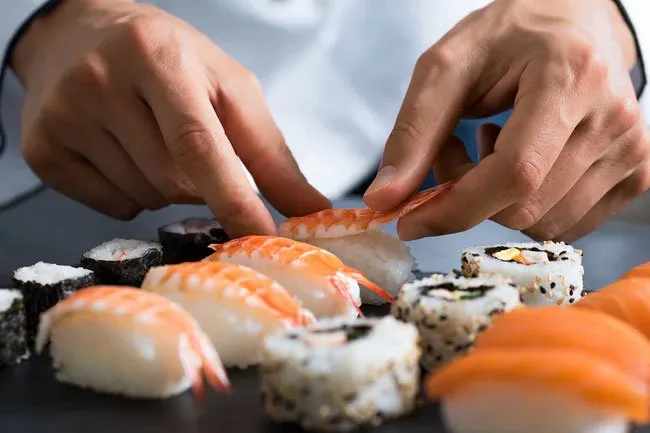
You can eat shrimp steamed, boiled, barbecued, fried, sautéed, poached, or baked. Many sushi dishes have shrimp in them, raw or cooked. You can add shrimp to many dishes and pair them with all sorts of ingredients. Shrimp go great with citrus, herbs, tomatoes, chiles, corn, beans, bacon, and garlic.
The Color of Shrimp
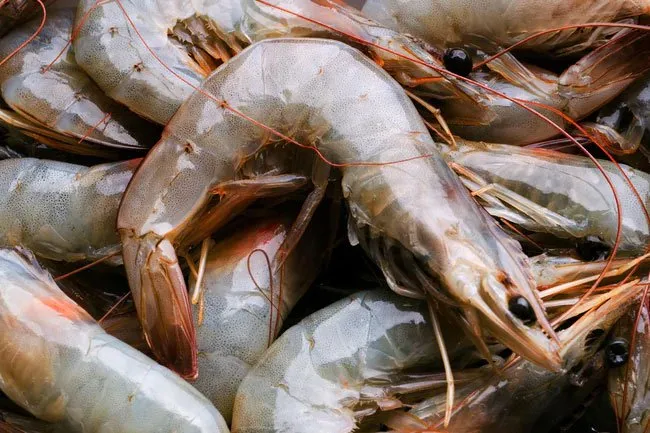
Shrimp vary in color due to the species, size, diet, harvest season, and location. Raw shrimp can be anything from white to shades of gray with light blue covered in red, dark gray, or pink. After they're cooked, shrimp will turn pink or red. It's normal for the ends of shrimp to be black when harvested. It's a natural reaction that happens when shrimp are out water, but it doesn't mean that they're bad.
Frozen vs. Fresh

It's uncommon to find actual fresh shrimp. Most "fresh" shrimp at seafood counters were frozen at some point and then defrosted before they were put in stores. You might get true fresh shrimp if you go to a community-supported fishery. Or if you live on the coast, you can buy unfrozen shrimp directly from fishermen. But for most people, frozen shrimp are the best choice since they're usually put in a freezer right after they're caught.
Farmed vs. Wild

Farmed shrimp come from tanks while wild shrimp are from lakes, oceans, or rivers. They may look the same when cooked, but the health benefits aren't necessarily equal. The nutritional value in shrimp comes mainly from what they eat. Wild shrimp eat a natural diet and usually have less saturated fat compared to farm raised shrimp. Farmed shrimp have higher levels of omega-3 fatty acids because of the food they're given.
Shellfish Allergies

If you have a shellfish allergy, you probably can't eat shrimp. Your body may respond badly to the proteins in shrimp and cause an allergic reaction. Some people have only mild symptoms, like a runny nose or hives. But a shrimp allergy can be life-threatening for some.
Is Cholesterol a Problem?
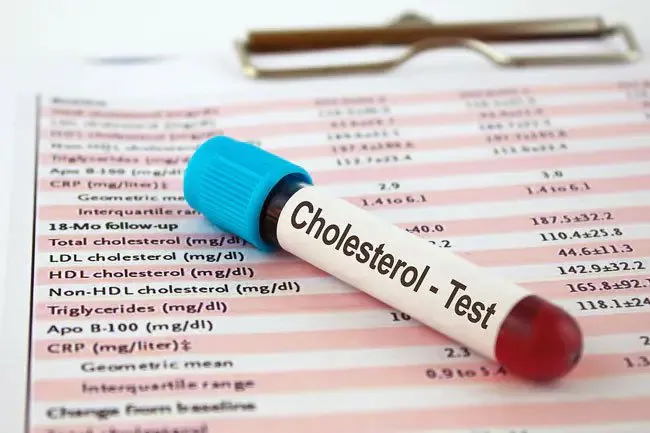
A lot of people worry about the cholesterol in shrimp. Four large shrimp have about 14% of your total daily cholesterol needs. But in 2015, U.S. health officials rewrote dietary guidelines and removed their suggestion to avoid dietary cholesterol. The guidelines now say that for most Americans, cholesterol levels in your blood aren't linked to the amount of cholesterol in food.
Can You Eat a Shrimp's Vein?
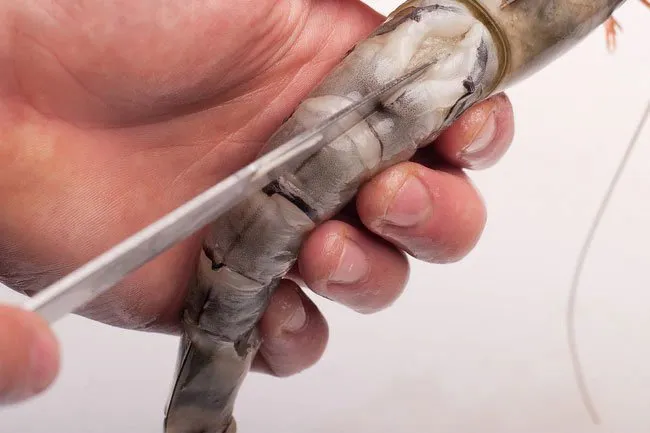
There's a dark line that goes through the back of a shrimp. It's called a "vein" or "sand vein," but it's actually the digestive system of a shrimp. It won't hurt you if you eat it, but the vein may have an unpleasant texture and might not appeal to your appetite. The easiest way to devein a shrimp is with sharp kitchen shears. Cut the back of the shrimp open and take out the vein with the shears.
In High Demand

The average person in the U.S. eats about 4 pounds of shrimp every year. It's the most popular type of seafood for Americans and ranks far above salmon, which the average person only eats 2 pounds of every year.
Watch for Preservatives

Fresh and frozen shrimp both may have a preservative called sodium tripolyphosphate (STP). It can affect the shrimp's texture and flavor. Most frozen shrimp will have this preservative listed on the back of the packaging if it contains it. You can also ask someone at the store if their shrimp has STP if it isn't in a bag.
Sizing Up Shrimp

Shrimp range in size from the small bay shrimp to the much larger "giant prawn." A lot of stores label shrimp "jumbo" or "large," but this varies at each store and isn't a regulated size. Some stores will mark their shrimp with numbers, which refer to the number of shrimp per pound. For example, 31/35 would mean there are anywhere between 31 to 35 shrimp per pound.
Does Location Matter?
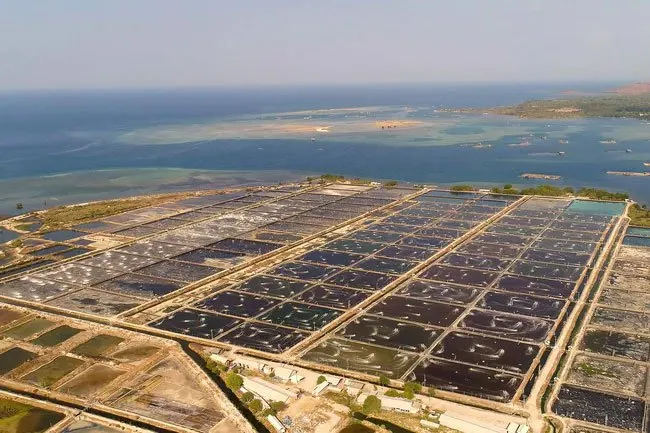
The quality of your shrimp may differ based on where it's from. A lot of imported shrimp are farm raised and have many antibiotics in them. Global fish farms may not follow strict inspection standards like they do in the U.S. It's common for both wild and farmed international shrimp to be higher in contaminants. To find out where your shrimp is from, look at the Country of Origin Labeling (COOL) on the package.
Diet and Nutrition: All About Shrimp
This tool does not provide medical advice. See additional information: 
© 1996-2024 WebMD, LLC. All rights reserved.
